The Ultimate Guide to CNC Vertical Machining Centers: Selection, Advantages, and Applications
In the increasingly competitive manufacturing industry, improving processing efficiency and precision is the key to success. Recently, search popularity for CNC Vertical Machining Centers has continued to climb, indicating that more and more business owners, engineers, and procurement personnel are actively seeking to upgrade productivity through this core equipment. But faced with a wide array of models and parameters on the market, how does one make a wise choice?
To choose the right vertical machining center, start by matching the machine’s travel range, spindle speed, and rigidity to your typical part size and material. Then, prioritize fast tool change (ATC), a stable CNC system, and strong after-sales support to ensure long-term efficiency, accuracy, and ease of operation.
This article will serve as your ultimate guide, providing a comprehensive analysis of the working principle, core advantages, key selection points, and solutions for high cost and low efficiency pain points of CNC Vertical Machining Centers, while also exploring their latest applications across different industries to help you make the most informed investment decision.
1. What is a CNC Vertical Machining Center? Why is it so important?
A CNC Vertical Machining Center, abbreviated as VMC, is an automated machine tool equipped with an automatic tool changer (ATC) and a CNC system. Its most distinctive feature is that the spindle axis is perpendicular to the worktable. This structure allows the workpiece to be fixed on the table, while the spindle head moves up and down along the Z-axis for cutting, making it particularly suitable for processing plate-type, disc-type, mold, and small shell-type complex parts.
Its importance is reflected in three aspects:
l High Degree of Automation: Controlled by CNC programs, it enables long-term unmanned operation.
l Stable Machining Accuracy: Avoids human error, enabling batch production of highly consistent parts.
l Highly Concentrated Functionality: Completes multiple processes such as milling, drilling, tapping, and boring in a single setup, significantly shortening the production cycle.
2. The Four Core Advantages of CNC Vertical Machining Centers (Addressing User Pain Points)
2.1 Extremely High Production Efficiency
The Automatic Tool Changer (ATC) integrates multiple tools into one system, reducing tool changeover time between processes. Combined with a high-speed spindle and rapid feed system, machining efficiency far surpasses that of traditional machine tools.2.2 Excellent Machining Accuracy and Consistency
Precision ball screws, linear guides, and a stable bed structure ensure micron-level machining accuracy. CNC program control guarantees that thousands of parts maintain exactly the same dimensions and quality.2.3 Powerful Complex Surface Machining Capability
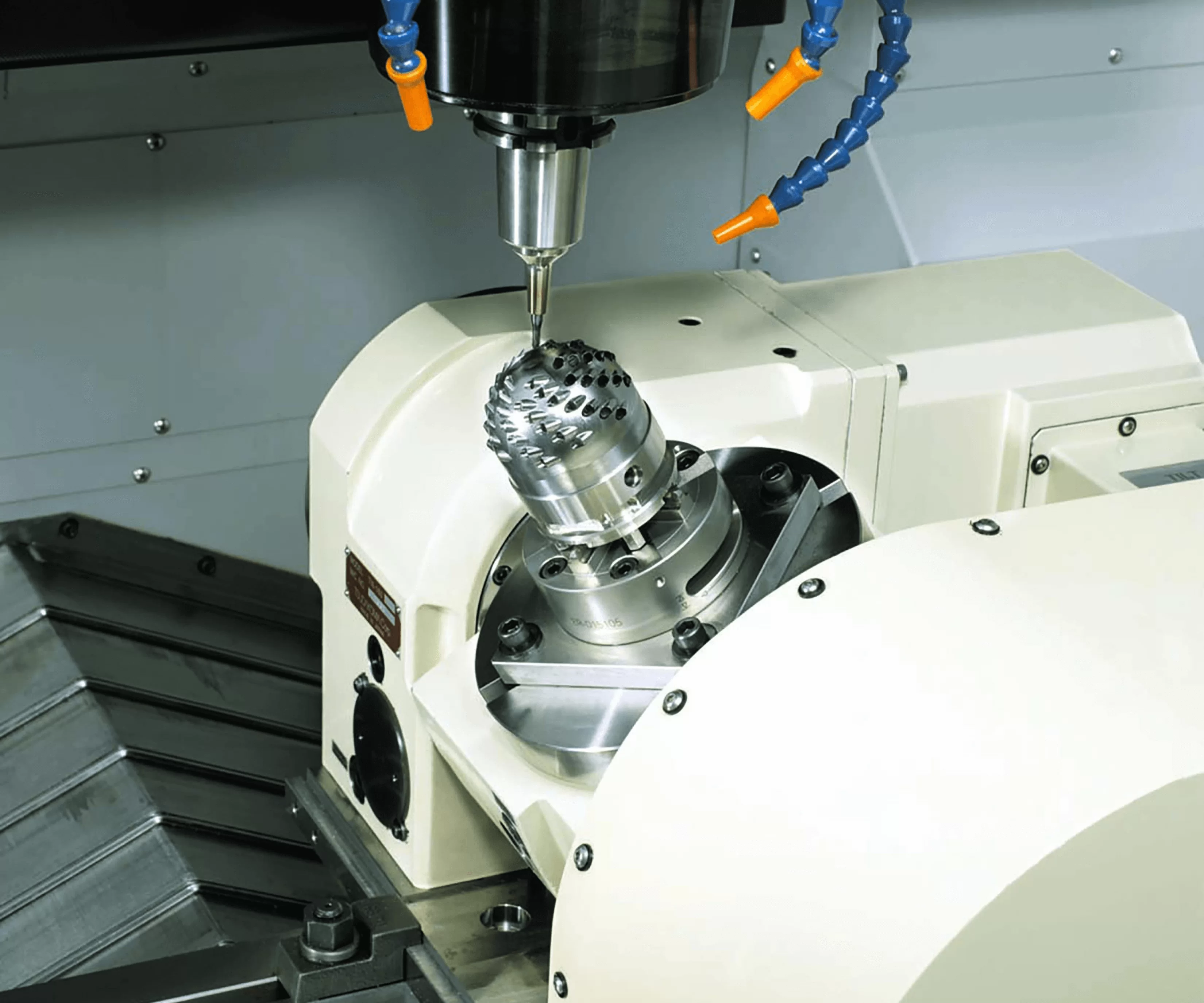
2.4 Ease of Operation and Flexibility
Modern VMCs are equipped with user-friendly CNC systems (such as Fanuc, Siemens) and support seamless integration with CAD/CAM software. Simply modifying the program allows for quick switching of machining tasks, making them ideal for flexible production needs involving multiple varieties and small batches.3. How to Choose a Suitable CNC Vertical Machining Center? (Key Selection Parameters)
This is the core question most concerning to searchers. Please focus on the following six parameters:
3.1 Travel Range (X/Y/Z axes): Determines the maximum size of the workpiece you can process. Be sure to select based on the size of the parts you commonly machine, and leave a certain safety margin.
3.2 Spindle Speed and Power: High speed (e.g., above 12,000 rpm) is suitable for finishing materials like aluminum alloy; high power (e.g., above 7.5 kW) is suitable for heavy cutting of steel and cast iron.
3.3 Automatic Tool Changer (ATC):
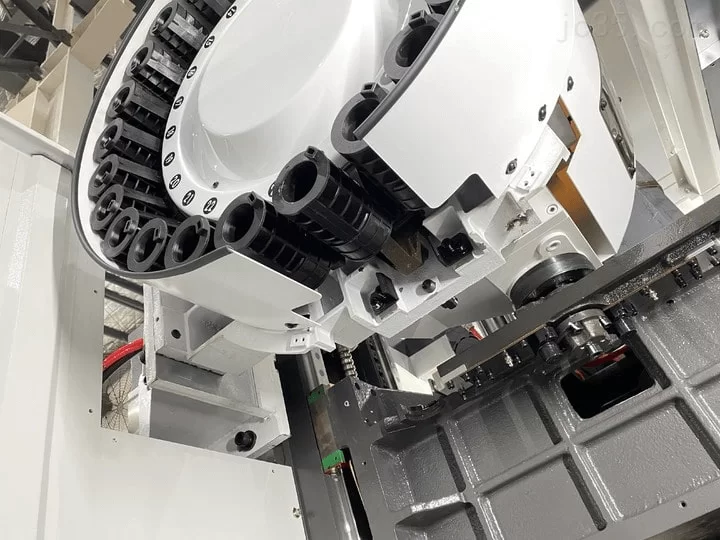
Pay attention to tool magazine capacity and tool change speed. The tool magazine capacity determines how many tools can be used in a single setup; tool change speed directly affects non-cutting time.
3.4 CNC System: It is the "brain" of the machine tool. Fanuc, Mitsubishi, Siemens, etc., are mainstream and reliable choices. Consider their ease of use and after-sales service.
3.5 Accuracy Indicators: Focus on positioning accuracy and repeatability positioning accuracy. The latter is particularly important as it directly relates to the consistency of batch production.
3.6 Rigid Structure and Guide Rail Type: A high-quality cast iron bed and linear guide rails ensure the stability of the machine tool under heavy cutting conditions and long-term accuracy lifespan.
4. Typical Industry Applications of CNC Vertical Machining Centers
l Automotive Industry: Engine components, transmission housings, wheel hubs, molds.
l Aerospace: Aircraft structural parts, aluminum-magnesium alloy housings, titanium alloy components.
l Mold Manufacturing: Cavity machining for injection molds, die-casting molds, stamping dies.
l 3C Electronics Industry: Mobile phone mid-frames, housings, glass panel fixtures.
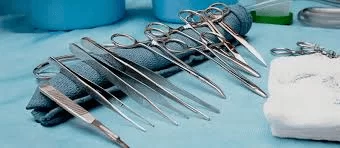
l Medical Devices: Surgical instruments, bone screws, artificial joints, and other precision parts.
5. Solving High Cost and Low Efficiency Pain Points
5.1 More Than Just Automation: How CNC VMCs Precisely Address Your Efficiency and Cost Pain Points?
A CNC Vertical Machining Center (VMC) is far more than a simple automated device; it is a systematic solution targeting the shortcomings of traditional machining.
【Pain Points & Solutions】
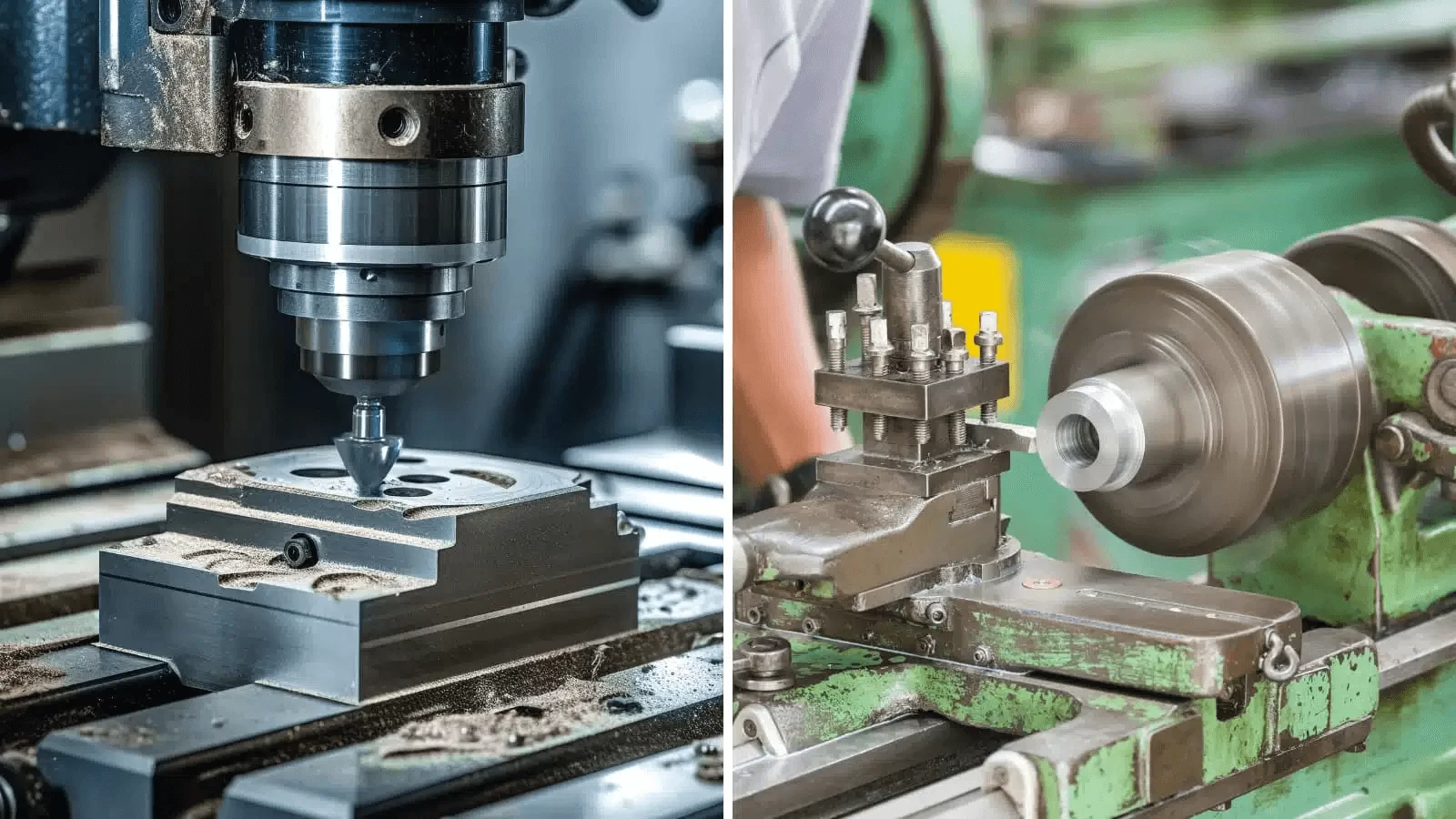
l Your Pain Point: Traditional machine tools rely on skilled operators, one person per machine, resulting in low production efficiency, high labor costs, and difficult management.
l VMC Solution: Enables "one operator for multiple machines" or even unmanned production. Through program control, the machine can operate continuously 24/7, greatly freeing up labor. One programmer can manage several machines, directly reducing the labor cost per part, especially suitable for "lights-out factory" night shifts, significantly shortening the investment payback period.
l Your Pain Point: Multi-process parts need to be transferred between different machines, requiring repeated setups, leading to loss of accuracy and long non-processing time.
l VMC Solution: "Complete all operations in a single setup." The powerful Automatic Tool Changer (ATC) allows one machine to integrate milling, drilling, tapping, boring, and other functions, avoiding repeated positioning errors, thereby ensuring accuracy consistency and minimizing non-cutting time.
5.2 Beyond the Spec Sheet: 6 Key Value Points to Focus on When Selecting a CNC VMC
When choosing a VMC, don't just look at cold specifications; consider what specific problem each parameter solves for you.
5.2.1 Travel Range (X/Y/Z axes): Solving the Compatibility Problem of "Can It Handle the Job?"
l Pain Point: The purchased machine has too small a travel range, unable to process slightly larger workpieces, limiting business scope.
l Selection Key: Base your selection on the maximum workpiece size you plan to process in the next 1-3 years, and reserve a 20% safety margin. Avoid choosing too small a travel range to save money, which could restrict future order acceptance.
5.2.2 Spindle Speed and Power: Solving the Efficiency and Capability Problem of "How Fast and Well Can It Work?"
l Pain Point: Poor surface finish when machining aluminum parts, or slow cutting speed and rapid tool wear when machining steel parts.
l Selection Key: Select based on the primary material being machined. Non-ferrous metals like aluminum and copper require high speed (≥12,000 rpm) for efficient finishing; ferrous metals like steel and cast iron require high power (≥7.5 kW) and high torque to ensure heavy cutting capability.
5.2.3 Automatic Tool Changer (ATC): Solving the Continuity Pain Point of "Tool Changes Take Too Long"
l Pain Point: Complex parts require frequent tool changes, and manual changes severely slow down the overall progress.
l Selection Key: Tool magazine capacity should be greater than the number of tools required for the most complex part; tool change speed (e.g., within 2 seconds) directly determines the efficiency of process switching and is crucial for mass production.
5.2.4 CNC System: Solving the Operation and Maintenance Pain Points of "Is It Easy to Use and Stable?"
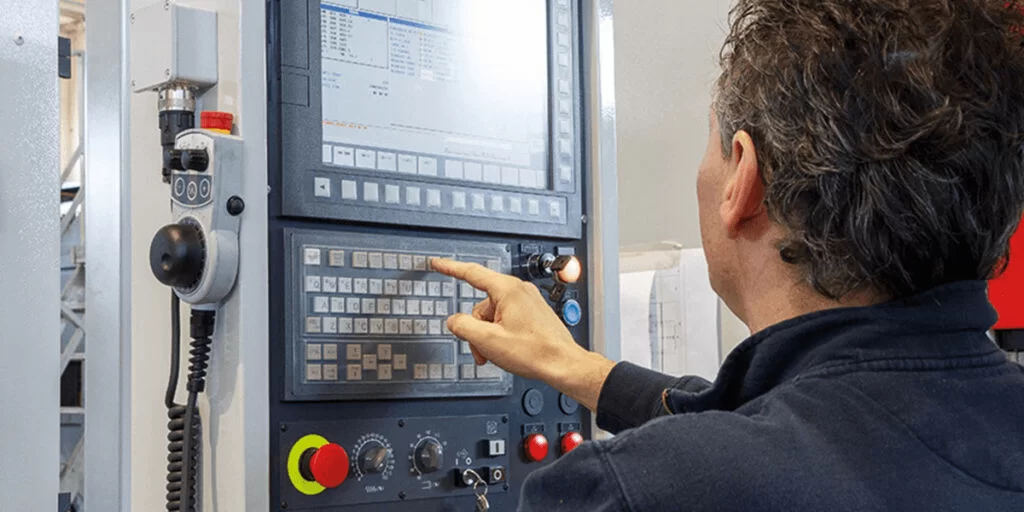
l Pain Point: Complex system interface difficult to learn, leading to employee resistance; or system instability, frequently causing errors and downtime.
l Selection Key: Prioritize mainstream systems with high market share (such as Fanuc, Siemens). Their advantages include mature operation logic, abundant learning resources, extensive after-sales service networks, and low failure rates, minimizing downtime.
5.2.5 Accuracy and Rigidity: Solving the Reliability Pain Point of "Is the Quality Stable?"
l Pain Point: The first-off part is qualified, but dimensions fluctuate during batch production, leading to a high scrap rate.
l Selection Key: Repeat positioning accuracy (e.g., ±0.003mm) is the lifeline for ensuring batch consistency. A high-quality cast iron bed and linear guide rails provide the foundation for "stability," ensuring accuracy does not degrade under long-term heavy loads, reducing hidden costs caused by accuracy issues.
5.2.6 Technical Support and After-Sales Service: Solving the Worry of "What If It Breaks Down?"
l Pain Point: When the machine breaks down, the manufacturer responds slowly, the repair cycle is long, seriously affecting order delivery.
l Selection Key: When comparing prices, be sure to consider the quality of after-sales service as a core factor. Understand the manufacturer's response time, availability of local technical support, and spare parts inventory. Reliable after-sales service is the "insurance" for your production line.
6. Conclusion: Investing in the Future Starts with the Right Choice
The CNC Vertical Machining Center is the cornerstone of modern precision manufacturing. A wise investment can not only immediately enhance your machining capabilities but also lay a solid foundation for your enterprise's future market competitiveness. Before making a final decision, it is highly recommended to provide a sample for a test cut; this is the most direct and effective way to verify machine performance.
Choosing a CNC Vertical Machining Center is essentially a campaign to upgrade production efficiency and quality. The right choice can help you overcome core pain points like cost, efficiency, and accuracy, making it a sharp weapon in your market competition.
If you are struggling with selection, or if you wish to receive personalized selection advice tailored to your specific machining materials (such as aluminum alloy, stainless steel, mold steel) and product types, please feel free to contact MINNUO GROUP. Our experts will provide the most cost-effective solution based on your actual pain points, ensuring that every bit of your investment delivers value.



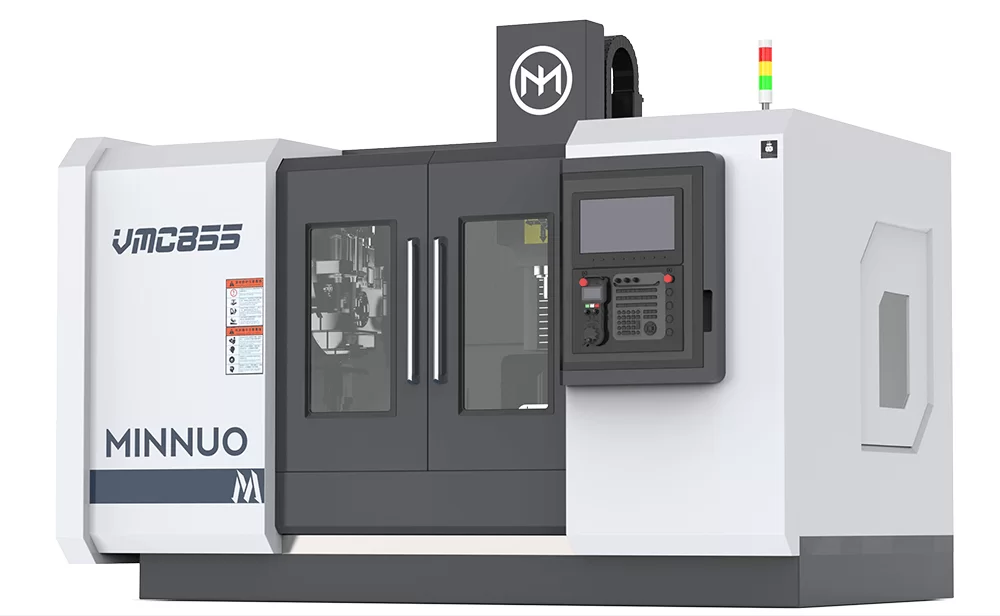
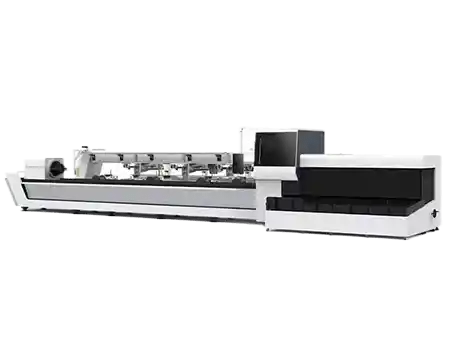
 Email
Email sales1: +86 13295238763
sales1: +86 13295238763

